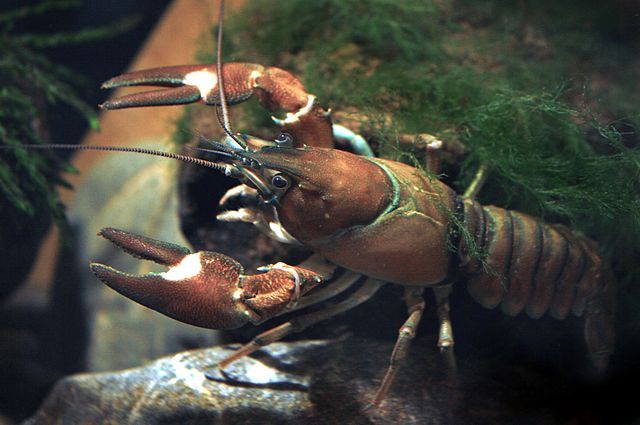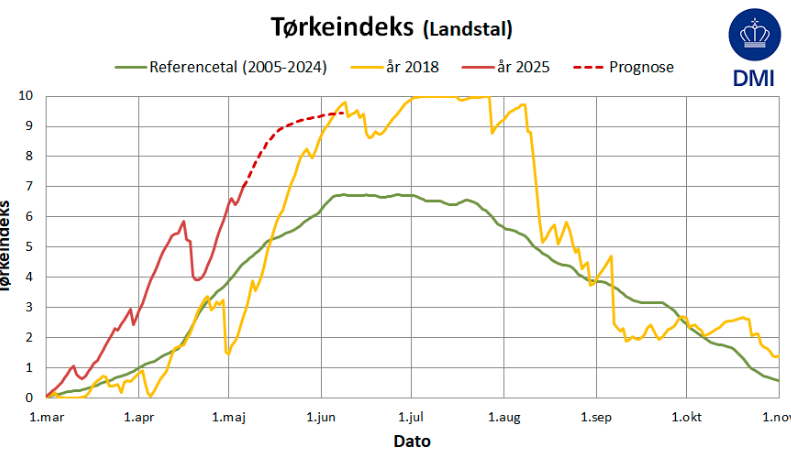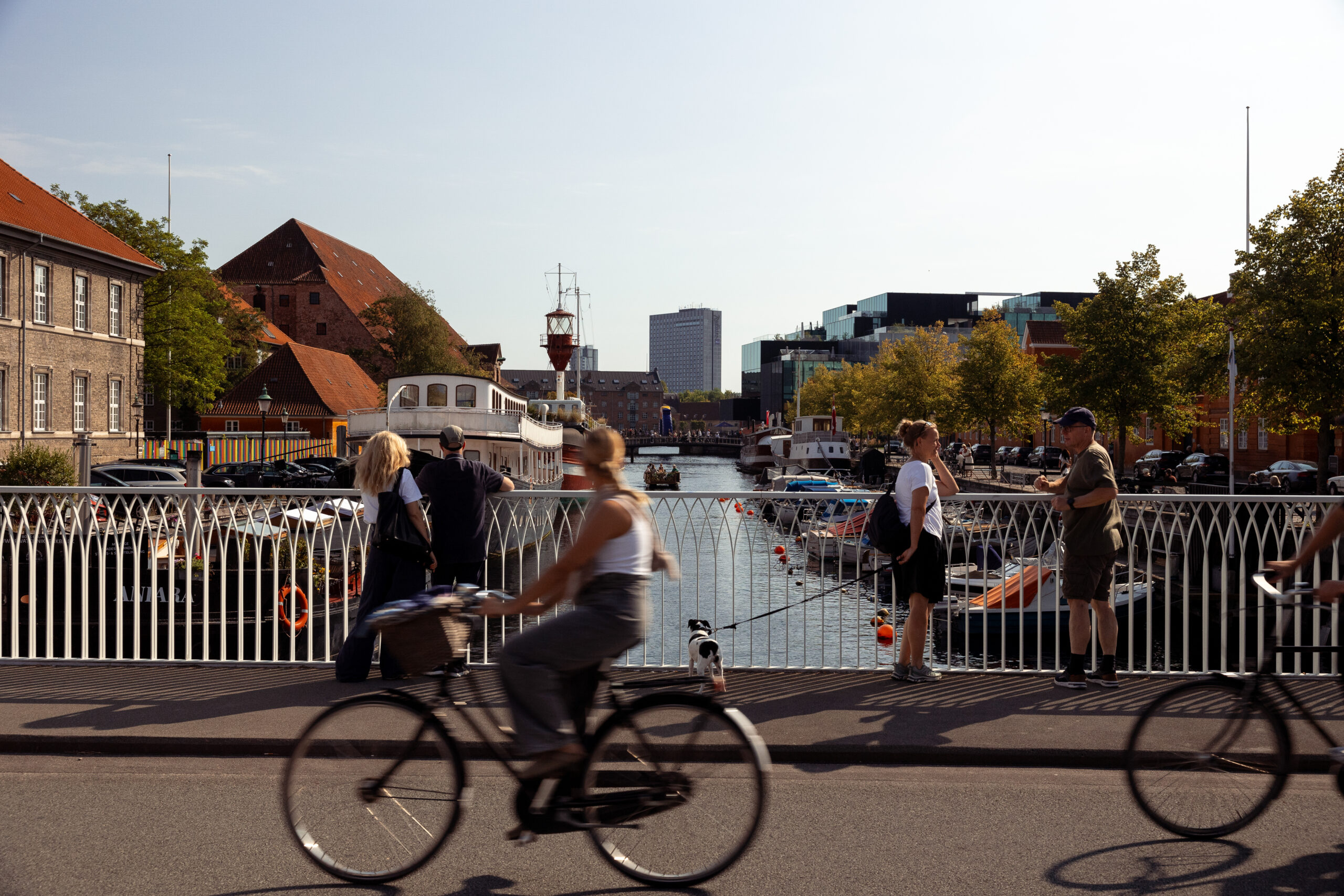A small number of signal crayfish have been found along the banks of Gudenåen, Denmark’s longest river, which flows through much of central Jutland. The signal crayfish is a non-native species in Denmark, and zoologist Morten Vissing has little good to say about its appearance in the river.
“They eat the food source for other animals, and they eat the offspring of the other animals in the river,” Vissing told TV2 News. “This could have disastrous consequences.”
Vissing compared the crustaceans to ‘rats and slugs’ and other invasive animals. “They destroy everything they come near,” he warned.
The time is now
Even though only eight signal crayfish have been found in Gudenåen thus far, Vissing said there was still much cause for concern.
“Ten years ago, we started to catch signal crayfish in Alling Å,” he said. “Over 50,000 a year are caught without having any impact on the stock, and now you can see a steady decline in the stocks of fish.”
READ MORE: Testicle-chomping fish found in Øresund
Vissing said that efforts to combat the invasive crayfish should start before it gets too late.
“The problem is that Gudenåen is huge and has many branches,” he said. “If the signal crayfish is allowed to propagate, it will be impossible to combat.”
Imported problem
The signal crayfish is a North American species of crayfish. It was introduced to Europe in the 1960s to supplement fisheries being damaged by a crayfish plague, but the imports turned out to be a carrier of that disease. The signal crayfish is now considered an invasive species across Europe. The crayfish plague is fatal to natural Danish crayfish.














